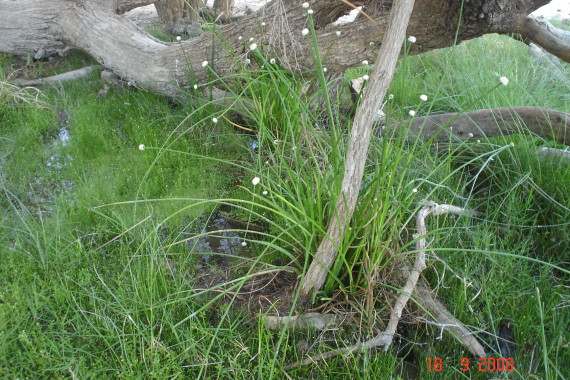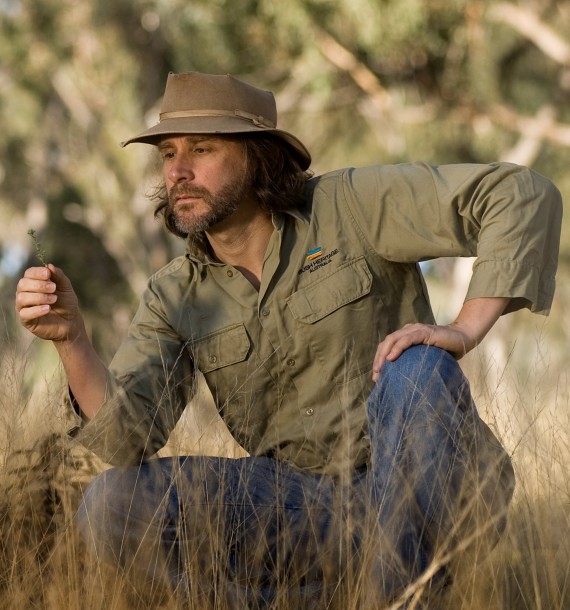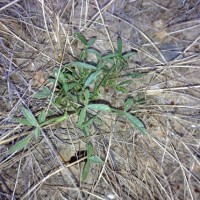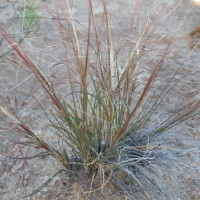Threatened habitats and species recovery

Rare and threatened species and habitats (ecological communities) confer a special significance with people; demanding urgent attention because they are in real danger of extinction if no action is taken. While genuinely rare or ecologically restricted species and habitats are about, the majority of the now swelling classes of the rare and threatened has been created in only quite recent times with the massive changes unleashed following European colonisation. Land clearing, stock grazing, the introduction of pests, and the cessation of traditional practices etc. has all contributed to creating this scarcity. The recovery process aims to understand why particular species and habitats have fared worse than others and what opportunities exist for quickly and efficiently reversing the decline, and hedging against future, potentially catastrophic threats.
Paul has been interested and actively involved with rare and threatened species and communities from the formative years of his career. He has been active in all aspects of the recovery of endangered species and habitats, from: the original discovery of species; baseline assessment and ecological research; nomination for formal legislative listing; participation in recovery teams; drafting and reviewing recovery plans; sourcing funding; implementing key recommendations; and monitoring recovery progress. Species and habitats of note include: Spiny Rice-flower, Red and Murray Swainson-peas; Chariot Wheels, Turnip Bassia, Southern Shepherd’s Purse, Buloke Woodlands, Natural Grasslands of the Murray Valley Plains, Grassy Woodlands and Derived Native Grasslands of South-eastern Australia, and The community of native species dependent on natural discharge of groundwater from the Great Artesian Basin.
Services include: collating and analysing all relevant information sources and advising on conservation strategies; preparing nominations for formal legislative listing; producing actions statements, recovery plans or conservation strategies; preparing funding submissions to government grants and philanthropic foundations; undertaking detailed baseline population status assessments; implementing on-going ecological monitoring; planning and implementing reintroduction and translocation trials; and facilitating community input to recovery programs.




